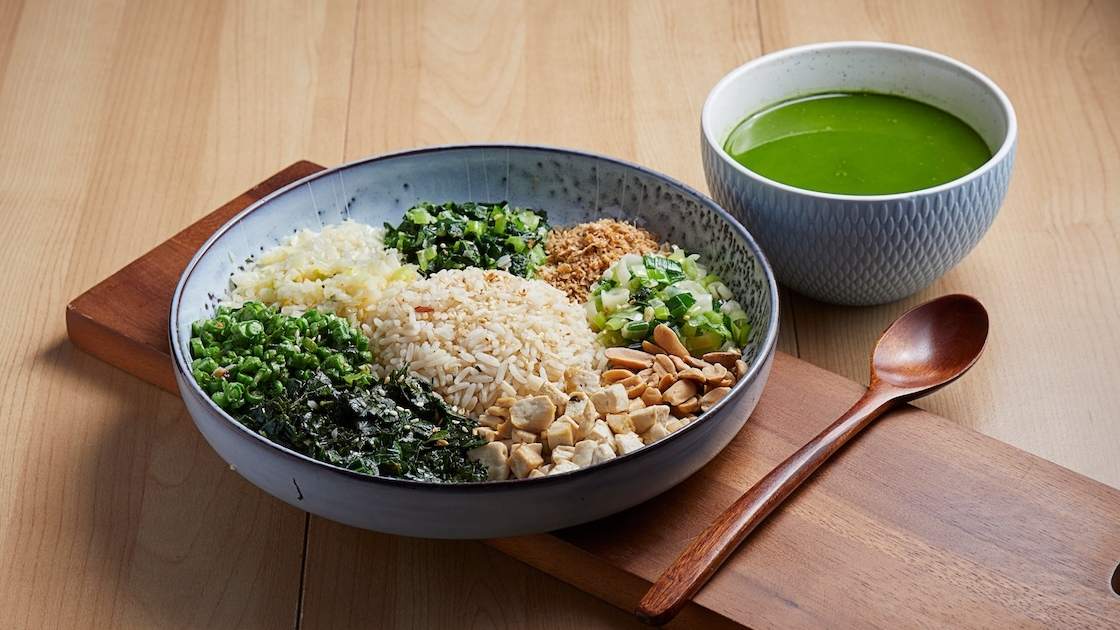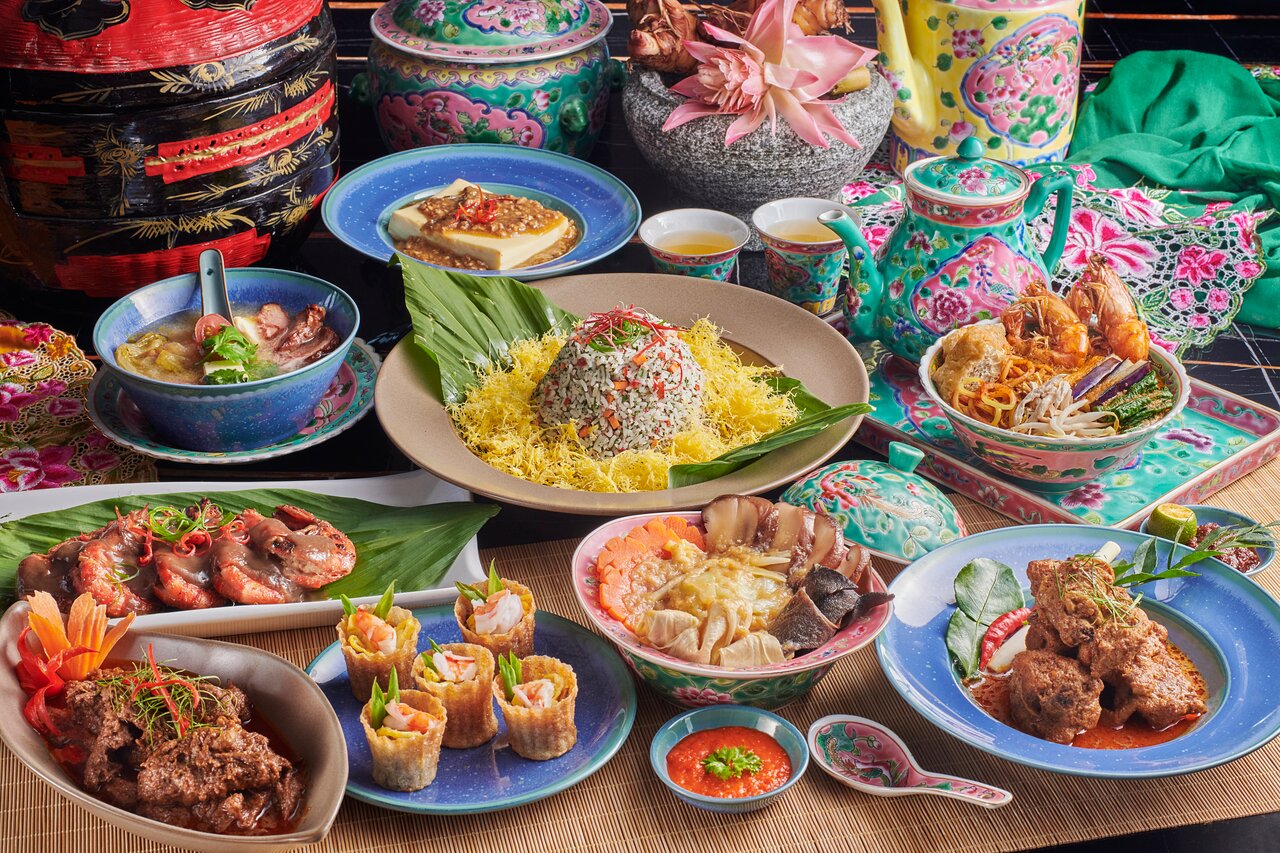A unique food trend has recently gained popularity among youngsters in China. Known as ‘leftover food blind boxes (shengcai manghe 剩菜盲盒),’ these innovative meal options provide a convenient and affordable way to enjoy delicious food while also reducing food waste. With an enticing blend of surprise and sustainability, this concept has captured the attention of many curious young individuals.
The concept of ‘leftover food blind boxes’ originated overseas, specifically from an app called ‘Too Good To Go’ that started in Denmark in 2015. The app now covers most major European and North American cities. Its goal is to combat food waste by offering surplus unsold food from nearby stores and restaurants at a reduced price.
Inspired by videos posted by Chinese content creators living overseas who showcased their experience using the app, such as the one shown above, Chinese consumers and entrepreneurs have quickly caught on to the idea, leading to similar operations in major Chinese cities like Beijing, Shanghai, and Chengdu.
Online platforms like ‘Xishi Magic Bag 惜食魔法袋’ and ‘Quxiaodai 趣小袋’ have emerged, connecting food chains and local stores, especially bakeries, with nearby customers. The target market is mostly office workers who have little time to eat but want a healthy and quick bite while saving money.

“Love this idea! Hope all high-quality bakeries will start selling blind boxes!” gushed a bread lover on the Chinese social media platform Weibo.
“This seems like a brilliant idea, when will our city be able to implement this model? I’m saving money and even a penny is precious,” another Weibo user commented.
The operational methods of the ‘leftover food blind box’ model can vary between stores. Some boxes contain pre-packaged meals based on a store’s sales before the evening, while others allow customers to choose from what still remains in the store around closing time. However, the latter option is less common. The contents of the blind boxes are often only revealed upon opening, adding an element of surprise to the dining experience.
However, not all customers appreciate surprises, as suggested by comments on food delivery apps. Karen Yang, the owner of Xiaorizi Café in Shanghai, confirmed, “Some customers pay more attention to if the items are what they like.”

The café started selling bread blind boxes around the end of last year, when China finally got rid of its Covid-19 policies and businesses were still in the early stages of recovery.
“We wanted to minimize food waste and promote a shared appreciation for food,” Yang told RADII. “We never sell day-old bread, but we also don’t endorse the practice of throwing away perfectly good bread just to prove a point.”
The bread blind box, which costs 26 RMB (less than 4 USD), typically contains three randomly-selected bread loaves but may include more items during slow business periods or when the café approaches closing time.
Additionally, the café launched another bread blind box over the summer, priced at 6 RMB (less than 1 USD), targeted at delivery riders. If there is more bread left over, they’ll give it to riders for free.

Yang has also witnessed a rising demand for their blind boxes, as many customers inquire about them even during the day. To meet this demand, the café also offers a few blind boxes before the end of the day, depending on the circumstances.

While the concept of ‘leftover food blind boxes’ holds immense potential, there are still challenges to overcome. Domestic platforms are in the early stages of development and have a limited number of partner brands available for ordering. Additionally, the vetting process for these platforms is not yet comprehensive, making it challenging for users to determine the reliability of a particular blind box.
In fact, to ensure consumer safety and maintain market regulations, China’s General Administration of Market Supervision has imposed strict guidelines on the sale of blind boxes, especially those containing goods like food. This means the ‘leftover food blind box’ market exists in a grey area.
Despite these challenges, the ‘leftover food blind box’ model has the potential to revolutionize dining experiences and reduce food waste. In the future, we may see its growth and evolution with the support of an extensive network of partner brands and a reliable system to ensure customer satisfaction and trust.
Cover image via Karen Yang















